The writer goes into some detail about the "outstanding disadvantages" or negative side of amphibious operations, as well as the positive side of the operations that were used during the Dieppe Raid and subsequent (and more successful) invasions of North Africa (Operation Torch, November 1942), Sicily (Operation Husky, July 1943), and Italy (Operation Baytown, September 3 1943, at Reggio; Operation Avalanche, Sept. 9 1943, at Salerno).
As stated in earlier posts connected to this series, the members of RCNVR who prepared for and/or participated in the aforementioned raids and invasions during 1942 and 1943, returned to Canada in December 1943, and again volunteered to serve at Canada's Combined Operations School on Vancouver Island (as early as January 1944). Though I am keeping my eyes peeled for articles and interviews directly related to these sailors, the item re "amphibious operations" is certainly important.
The full article by Wes Gallagher is found in the items from the January 24, 1944 issue of The Winnipeg Tribune that follow, under the headline GERMANS CAUGHT NAPPING.First up, items from the January 22 issue of The Trib:
Allies Land Near Rome; Two Bridgeheads Gained
On September 3, 1943, Operation Baytown (invasion of Italy at Reggio, the toe of the boot) began, initiated with a significant barrage of naval guns, followed by countless trips of flotillas of Allied landing craft from Sicily to Italy's toe - bearing troops and all the materials of war. The Canadian 80th Flotilla of Landing Craft (including my father in an LCM, i.e, landing craft, mechanised) was active from that day 'til they were not needed, i.e., early October. By November they had returned to barracks in the the U.K. By December they had been "paid in full" (via COPRA, Combined Operations Pay, Records and Accounts) and returned to Canada for a lengthy and well-earned leave. Merry Christmas! (By early January my father and as many as 100 - 200 mates in RCNVR were settling into barracks and new duties at HMCS Givenchy III on Vancouver Island).
On September 9, 1943,
Operation Avalanche (invasion of Italy at Salerno - mentioned in the above article - the shin of the boot) began, and it was a tough test for all Allied forces involved, including some members of the 55th Canadian Flotilla. (Readers can link to more information about the Canadian Flotillas of Landing Craft that served in
the Mediterranean theatre of war here.
And after months of grinding warfare (..."one tough slog," I often say) in Italy - against well-dug-in German forces - Allied forces planned, then staged, amphibious landings at Anzio. And first reports seem quite positive.
As a kid I played "Pin the Tail on the Donkey." Here is an earlier version, but more serious:
Ralph Allen, war correspondent for The Winnipeg Tribune (the paper I turn to for bushels of significant material) has returned to Canada near the time my father and mates did. He is one writer for whom I watch, along with articles/interviews pertaining to Canadian sailors who served voluntarily for Combined Ops. So far, articles by Allen - all excellent - outnumber those I would love to see:
Who screams for ice cream? Who screams for Sinatra?
There is a story here. A son returns home, recovering from injuries. Joy, mixed with concern. His wife is still overseas. "You're married?", "What the heck?"... all rolled into one.
Lt.-Cpl. Pedlow was among a goodly number of Canadian armed forces' personnel who met and married someone they met while overseas. There were a few members of RCNVR/Combined Ops who 'tied the knot' as well, e.g., Al Adlington of London ONT married a Scottish woman he met at a dance in Glasgow... at the Locarno (sic) Club I believe. Her name was Mary and she did not get left behind. She told me she came to Canada on the Ile de France, along with many other war brides.
L-R: Chuck Rose, Al Adlington (both RCNVR/Comb.Ops), Mary, Mary's sister
Photo Credit: With the permission of Mary Adlington
The Effingham Division "almost to a man" joined Combined Ops. Nov. 1941
Chuck and Al are 4th row from front, 1st and 3rd, left to right.
Doug Harrison, front row, 3rd from left.
Eight Canadians in 1st draft to Combined Ops at Northney, Hayling Is., UK
L- R: Al is first, Chuck is 3rd. Photo - Joe Spencer, 2nd from left. Feb. 1942
Doug Harrison, my father, fourth from left.
Though one might not know by looking at my online archive of material, there is another war going on in the Pacific. I include this map because (1) it reminds readers that I'm aware of the Pacific front, and (2) it's a darn good map:
Long before the modern generation adopted the word "epic" to describe a good sandwich ("This pub's ham on Swiss is Epic") or Top 1000 song ("I Have Nice Eyes" by Kanye is EPIC!"), the word was used more correctly:
More news-worthy (even 'epic' (!)) items follow from the January 24, 1944 issue of The Winnipeg Tribune:
If you make an amphibious landing and get to walk inland with dry feet... that's a very good start to the day, even if it is 2 a.m.!!
The full news article featured in the very top photo in this entry appears below. The pros and cons of amphibious landings are mentioned, and the operations that involved the first groups of Canadians to join Combined Operations (including Chuck Rose and Al Adlington of wedding photo fame, above) are listed in order, all prior to D-Day Anzio/Nettuno, referred to in the photo above.
The earlier, amphibious landing actions, from Dieppe to Salerno, involved both pros and cons and ultimately set the stage for Operations Neptune and Overlord, i.e., D-Day Normandy. The earlier operations are known as Operation Rutter (Dieppe, cancelled, July 1942), Operation Jubilee (Dieppe Raid, Aug. 1942), Operation Torch (the Allied invasion of N. Africa, Nov. 1942), Operation Husky (Sicily, July 1943), Operation Baytown (Italy's toe, e,g, Reggio, Sept. 1943), and Operation Avalanche (Italy's shin, Salerno, Sept. 1943). The list of other lesser-known operations and D-Days is lengthy as well, and the importance and magnitude of amphibious landings (and the numbers of ships and types of landing crafts) grew exponentially from 1941 - 1945, including the planning for the possible invasion of Japan.



NB - The last paragraph above describes one of the major goals that concerned COHQ (Combined Operations Headquarters), and some of the challenges facing the commanders of Combined Operations - to get the three arms of Allied military forces to act as one, to initiate joint planning - are ably described in The Watery Maze: The Story of Combined Operations by Bernard Fergusson.
One feature of the book that I like to point out is that it reveals a bit about the beginnings of the Canadian involvement in Combined Operations:
Obviously two of the most urgent problems (Editor - re the eventual D-Day France assault) were the provision of landing ships and craft, and the crews to man them.
...as an illustration of the magnitude of the crew problem, the Joint Planners, in the very month of Mountbatten's appointment (Editor - i.e., to command Combined Operations, October 1941), had persuaded the Chiefs of Staff that our requirements in LCTs alone (landing craft, tanks) for the eventual invasion would be 2,250 - a figure to daunt almost anybody.
And where were the crews to come from? Canada made an offer (Editor - i.e., agreed to release, temporarily, i.e., for Hostilities Only, members of RCNVR to Combined Operations), which was gratefully accepted, of 50 officers and 300 ratings, but this was a drop in the bucket.
The Watery Maze, page 93.
The Combined Operations insignia depicts symbols related to air, sea and land forces... together.
The Effingham Division, including my father, as seen in the earlier group photo above, was the first draft of about 50 ratings (Nov. 1941) and another 50 soon followed (Dec. 1941) and then gradually more as the war progressed, for a total of 950 - 1,000 men (thus the name of this site), as far as I can determine at this point in time.
Note how dry their feet appear. That was a great amphibious landing!
We haven't heard from Ross Munro for a short while. Where has he been? (I will assemble a number of his columns into one place, and perhaps we will then learn more about his travel).
This next article could likely be filed under a common WWII saying... something about 'loose lips.'
Other WW2 posters delivered the "shush" message as well:
As many readers very likely know, the air attacks mentioned below would have had a few purposes, one being to send a message, i.e., the Allies may one day make major amphibious landings in the Pas de Calais area. So, be prepared to defend this area, even though we may have our eye on another location.
A picture is worth a 1000 words. Here are 2,000 words' worth from opposite sides of the Italian peninsula:
While 'Rome is the Prize' in the battle for Italy, I think 'Home is the Prize' for many Canadian troops who have returned to Canada, including those featured in the photos below.
Many Canadians in Combined Operations arrived home in December, in time for Christmas, and a few were featured in news articles posted earlier on this site. Please link to
Six Canadian Sailors Make Headlines, Parts 1 - 6 to see several articles.
As I continue to peruse The Winnipeg Tribune, I will watch for any news that features Flight Officer (FO) S. F. Cowan "who was captured by the Germans in Italy, but escaped," as mentioned in the last photograph above.
As well, I will look for any news related to Canadians in Combined Ops, men who have taken part in Operations Rutter, Jubilee (Dieppe) through to their last operations in Italy before being granted leave back to Canada. Though many sailors (including the aforementioned Chuck Rose and Doug Harrison) are settled into new routines at a Combined Operations School on Vancouver Island, news associated with their return to Canada may appear later, even into February. My eyes are peeled!
Please link to the previous post for more information about the Canadians in Combined Ops and other branches of the armed forces.
Previous post - Editor's Research: Canadians in Combined Ops Return Home (6)
Unattributed Photos GH
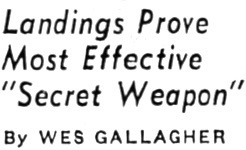





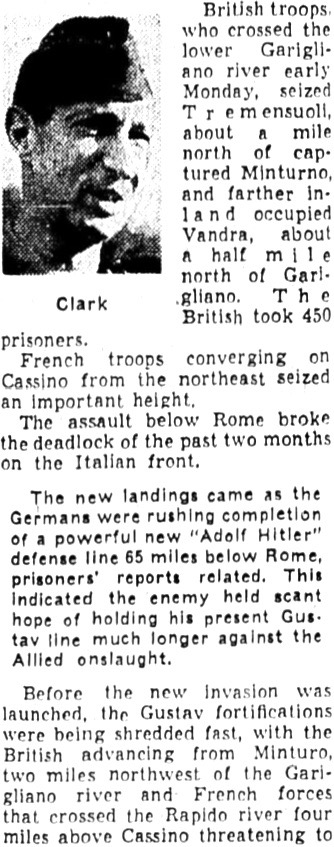







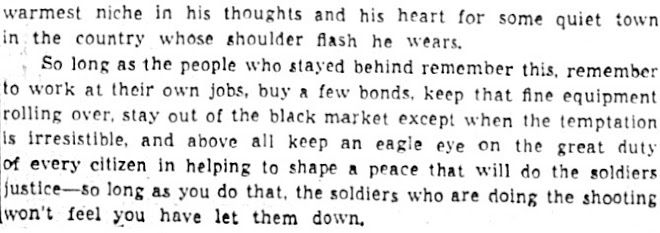




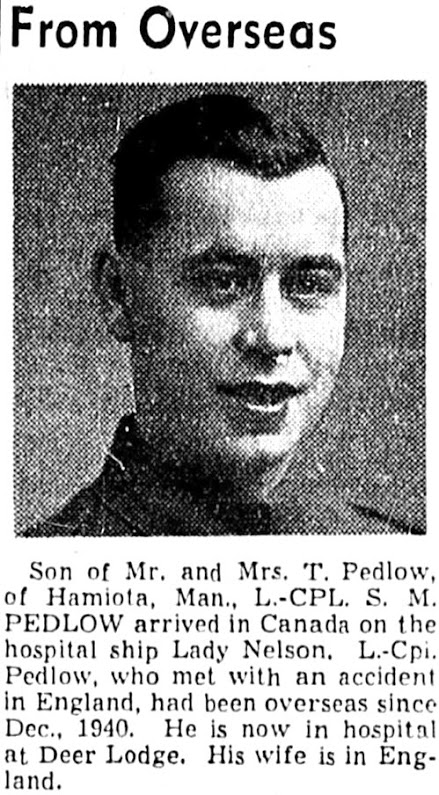



















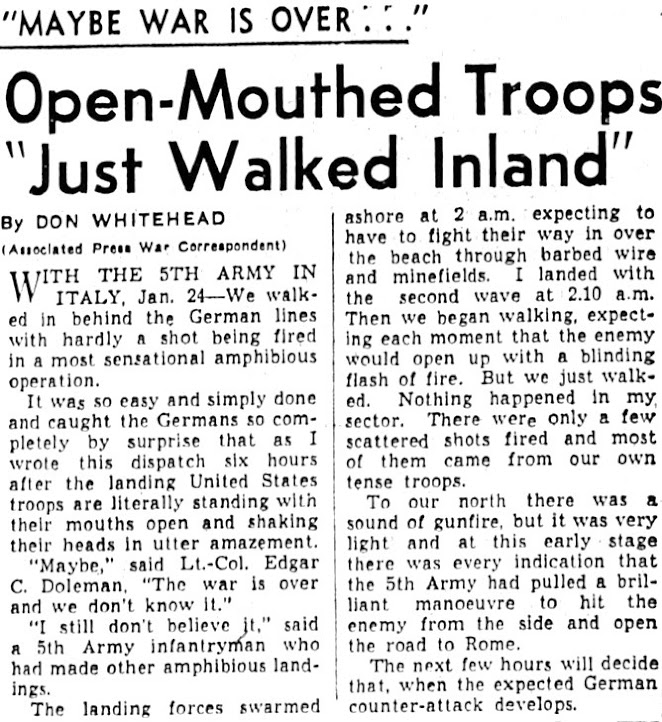







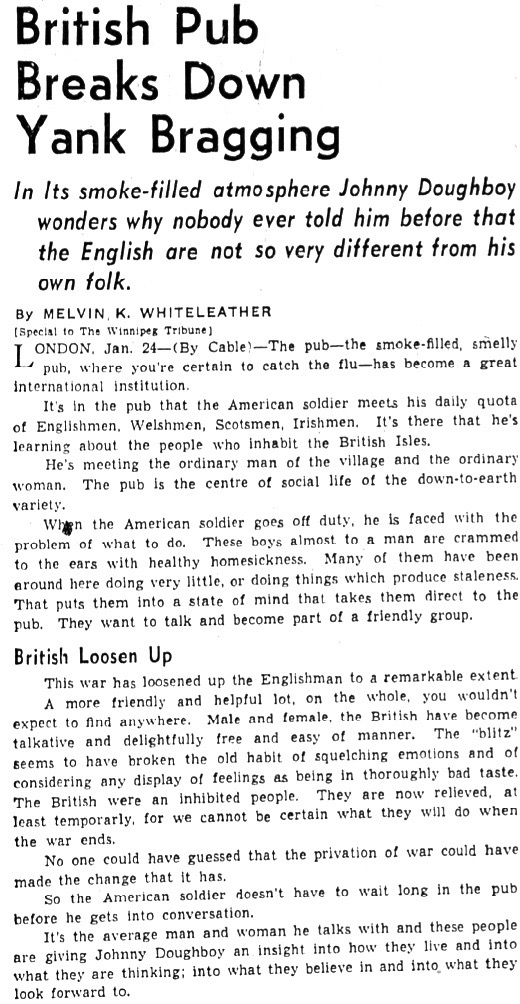










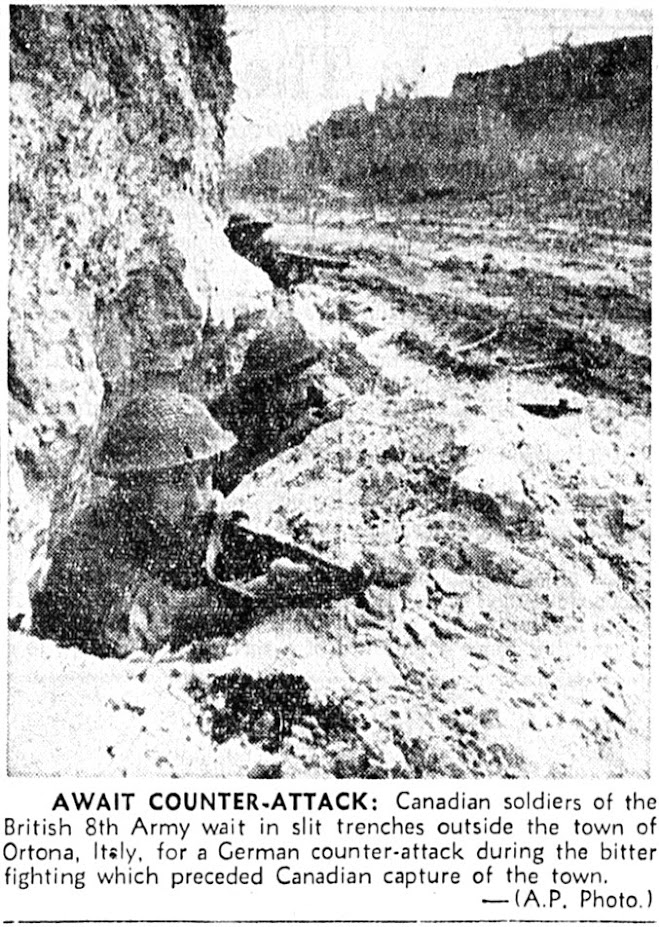




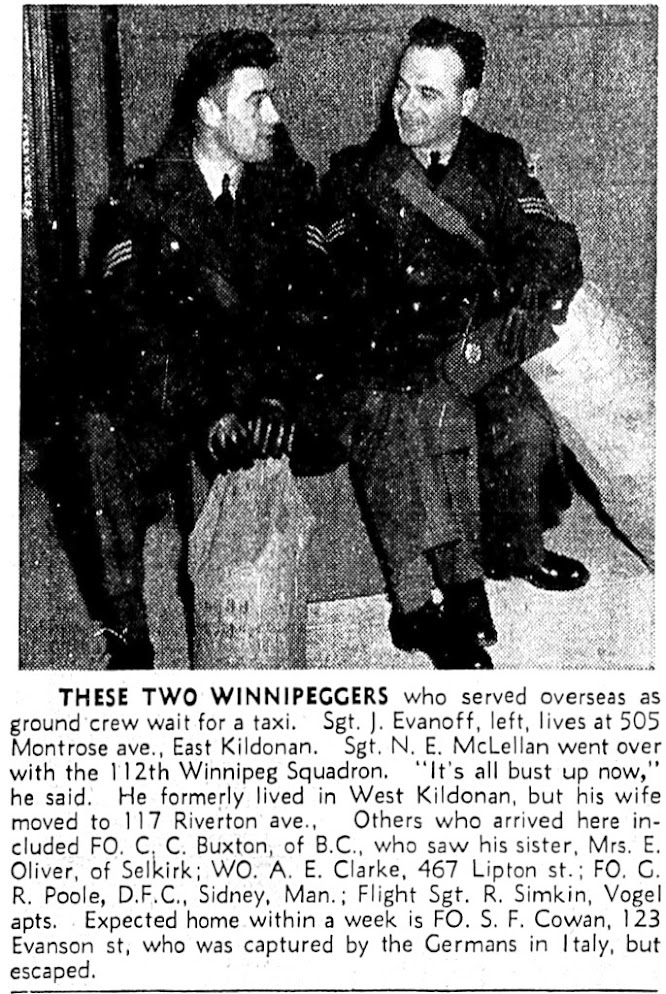
No comments:
Post a Comment